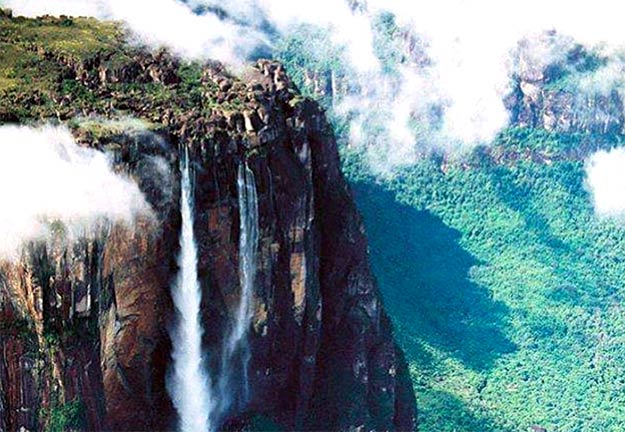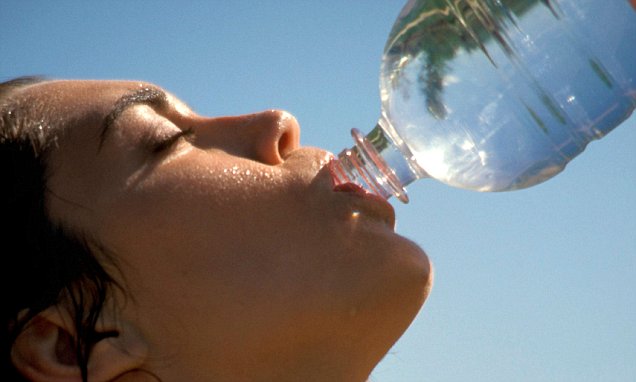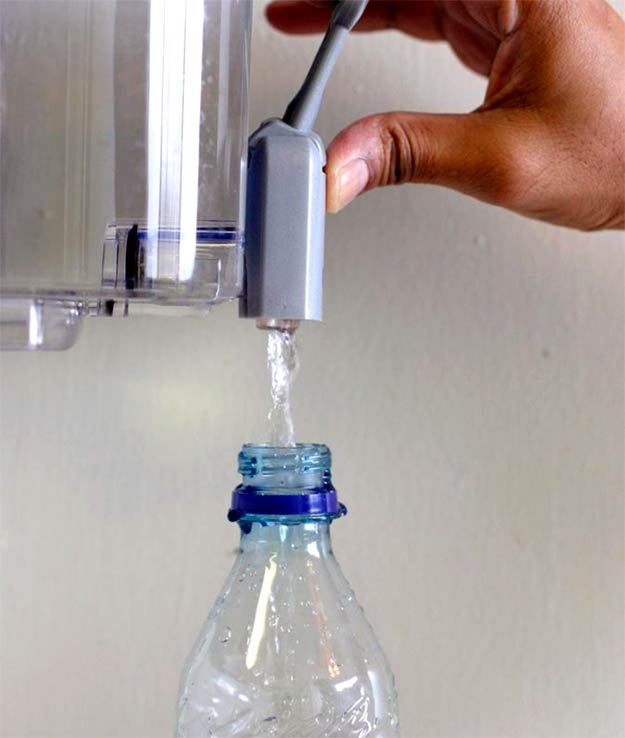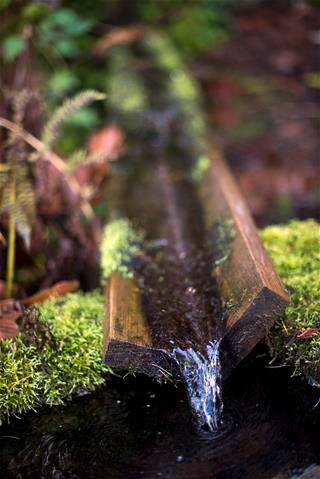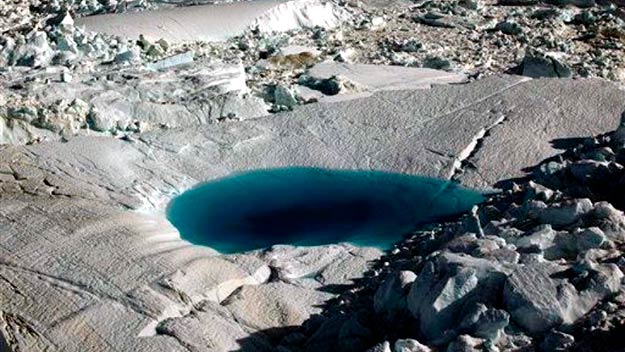The magnificent wonder of watching a waterfall is enough to leave even the most indoorsy among us totally awestruck. Whether you’re taking in the falls from a roadside overlook or hiking for a closer view, here are some of the world’s most wondrous falls you definitely don’t want to miss.
Angel Falls: Auyantepui, Venezuela
Difficulty: 5
Dropping over the edge of the Auyantepui mountain, Angel Falls is the world’s highest uninterrupted waterfall with a height of 3,212 feet. Situated within the Canaima National Park, this is one of Venezuela’s top tourist attractions — despite the fact they are slightly challenging to reach. A flight is required from Puerto Ordaz or Ciudad Bolívar to reach the starting point for river trips to the base of the falls, which are led by native guides from June to December. Read more

